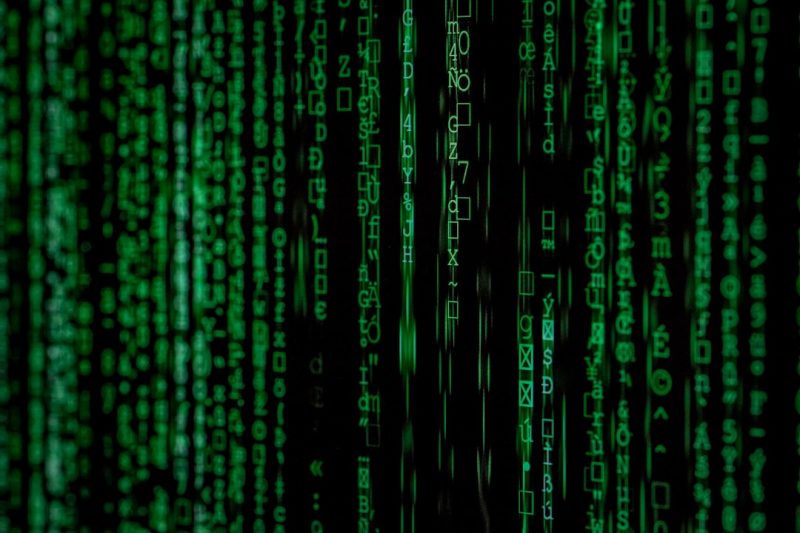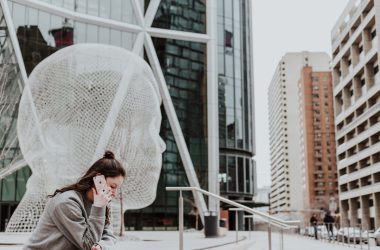In today’s digital landscape, images are everywhere—from viral memes and product photos to historical pictures and artworks. But have you ever stumbled upon a captivating image and wondered, “Where does this come from?” Whether you’re checking the authenticity of a photo, researching a topic, or ensuring image copyright compliance, finding the source of an image is crucial. Thanks to technological advancements, AI-powered image search tools now make that task easier and more efficient than ever before.
Traditional search engines offered basic reverse image search capabilities, but AI-powered tools bring a new level of accuracy. They can analyze patterns, colors, facial features, and even image context to provide more reliable matches and origin information.
What Is an AI Image Search Tool?
An AI image search tool uses artificial intelligence to scan and interpret the contents of a picture, identifying key elements such as objects, people, backgrounds, and styles. Unlike typical reverse image searches that depend solely on metadata or visual similarities, AI-powered systems understand the semantic meaning of the photo.
These tools are especially powerful for:
- Finding the original source of a shared or edited image
- Tracking the distribution of copyrighted material
- Locating high-resolution versions of an image
- Discovering similar visuals for content creation or research
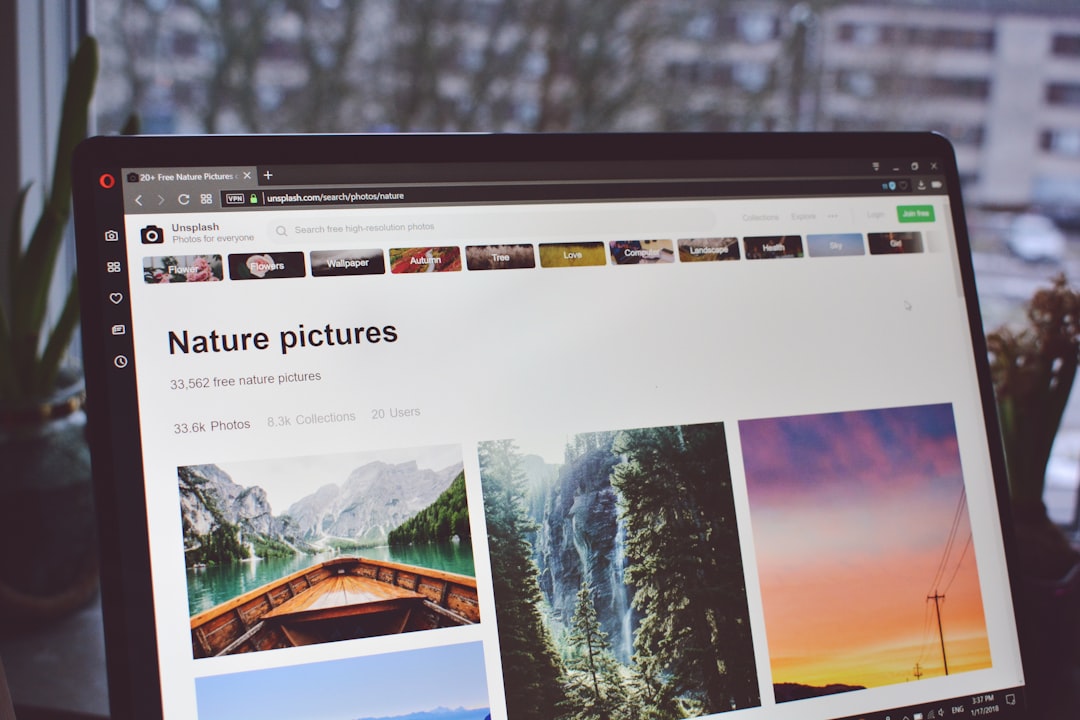
How to Use an AI Image Search Tool to Find the Source
Using an AI image search tool is a straightforward process. Here’s how to go about it:
- Choose the right AI image search tool: Popular options include Google Lens, TinEye, Bing Visual Search, and newer AI-specific platforms like PimEyes and Berify. Each has its strengths depending on use-case, such as face recognition or design-based searches.
- Upload or paste the image URL: Most tools allow you to upload a file from your device or paste the URL of an online image. Some even support drag-and-drop features for added convenience.
- Wait for the AI to analyze: The tool will scan the image, compare it against millions (or even billions) of indexed visuals, and display related results—including the original source, pages where the image appears, and visually similar content.
- Review and explore results: Examine the search results carefully. Look for the oldest or earliest publication date to identify the probable source. Reliable AI tools will also rate the accuracy of matches.
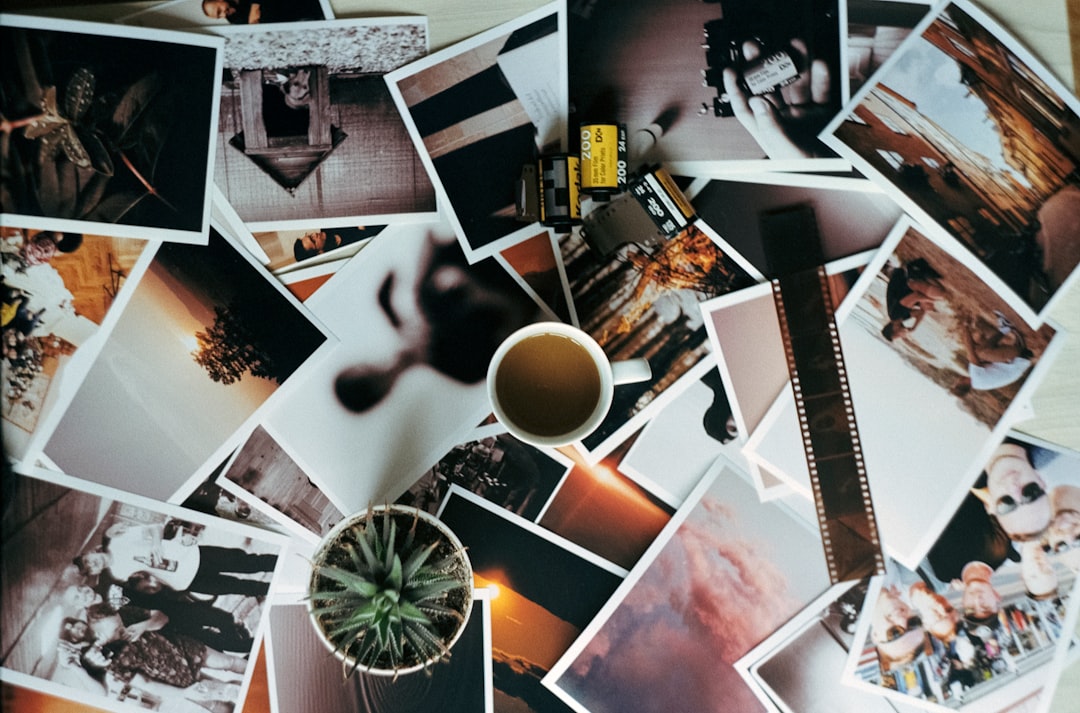
Best Practices for Accurate Results
To improve the accuracy and effectiveness of your AI image search, consider following these practices:
- Use high-quality images: A clearer image helps the AI recognize patterns and details more efficiently.
- Avoid edited pictures: Cropped, filtered, or altered images are harder to trace. If possible, use the original, unaltered version.
- Try multiple tools: Each platform has different indexing databases and recognition strengths. If one tool doesn’t work, another might.
- Zoom in on distinct features: If an image shows a specific place, object, or person, cropping around that area can help you narrow down results better.
Real-World Applications
Finding an image’s original source isn’t just convenient—it plays a vital role in numerous fields:
- Journalism: Verifying authenticity to prevent misinformation or use of staged/edited photos
- Marketing: Tracking where brand images are being used or shared across the web
- Education: Citing accurate photo sources in presentations and research
- Art and Design: Finding inspiration and ensuring proper credit when referencing existing visuals
Final Thoughts
Artificial intelligence is revolutionizing our ability to interact with digital content. By understanding how to harness the capabilities of AI image search tools, you can efficiently uncover the origin of almost any picture online. Whether you’re fact-checking news, sourcing media for a project, or simply curious about an image, these tools open a world of possibilities.
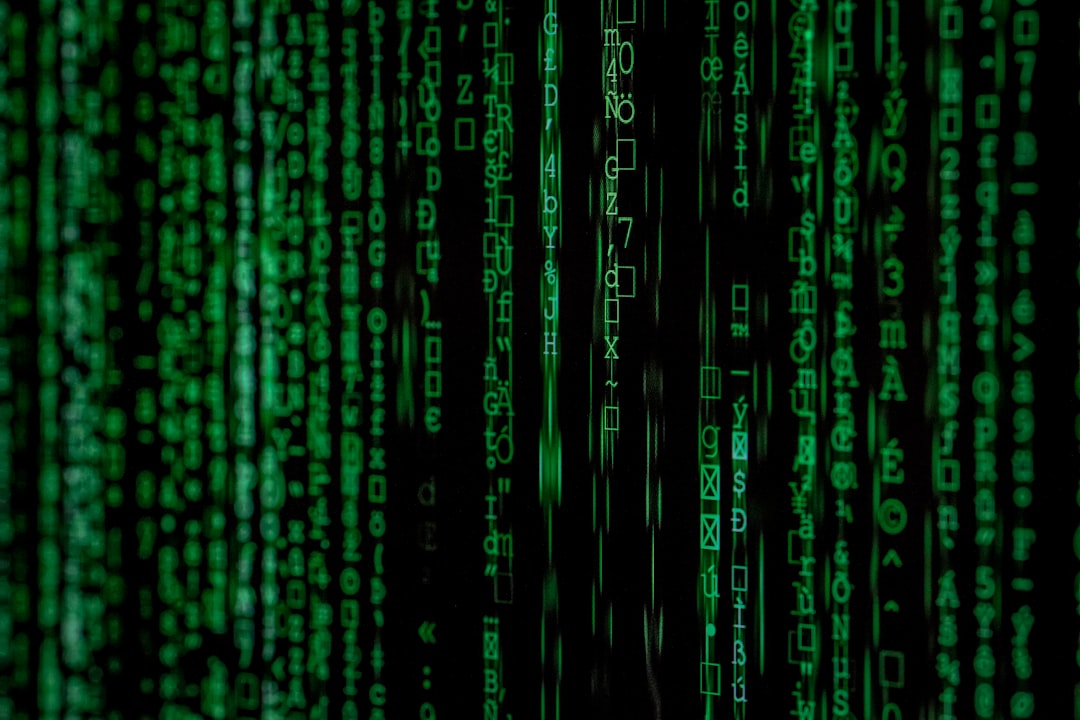
In an era where visual content drives communication, being able to trace an image back to its source isn’t just useful—it’s essential. So next time you come across an intriguing photo on social media, don’t wonder aimlessly—put AI to work and find the story behind it.


